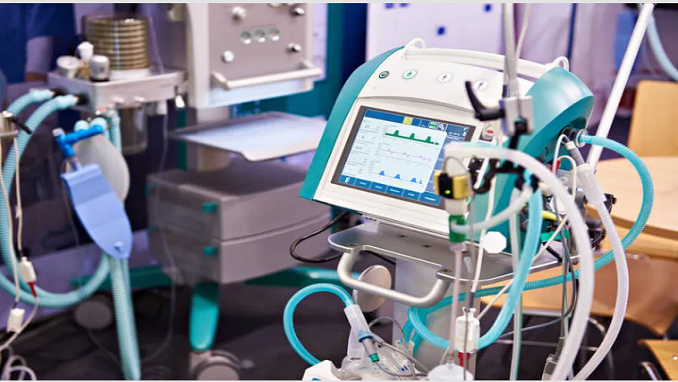The Kremlin has rejected the possibility that the artificial lung ventilators that Russia had shipped to the US in the spring could have been of inferior quality, Spokesman Dmitry Peskov told journalists on Wednesday, commenting on FEMA’s reported disposal of the Russian lung ventilators in the United States, TASS reported.
Responding to a question on whether the Russian side could have shipped faulty devices to the US, the Kremlin representative said: “No, this couldn’t have [happened].” “These artificial lung ventilators are widely used in medical institutions in Russia in various cities,” the spokesman said.
He stated that any device may sometimes malfunction and require repair. “Arguments that they were designated for a different voltage are also questionable, because there are converters, surge protectors, and so on, there are no problems with that,” he emphasized.
The spokesman recalled that this aid was sent at a critical time for the US and other countries due to the spread of the coronavirus. “That is why, everything that was within our power, within the technological and technical capacities of Russia, was done in order to send this aid,” he stressed. “Then, the time came when [our] American colleagues decided what to do with it, so that’s not our issue anymore,” the Kremlin representative pointed out.
Peskov emphasized that during that period, “many countries were exchanging aid,” despite “sporadic and ugly attempts to politicize it.” “We have always been against [politicizing the issue of aid during the pandemic],” the spokesman added.
On Tuesday, the US Federal Emergency Management Agency (FEMA) confirmed to TASS earlier reports about the disposal of 45 lung ventilators delivered to the US from Russia this spring.
In April, Russian artificial lung ventilators were shipped to warehouses in New York and New Jersey where due to the spread of the coronavirus a possible shortage of such medical equipment was expected. However, FEMA explained that the situation there had improved, which meant that the devices were not needed anymore, but were still kept in reserve.
The FEMA representative did not respond to a request to specify whether the disposal of the devices was related to any problems with their use or a malfunction.












